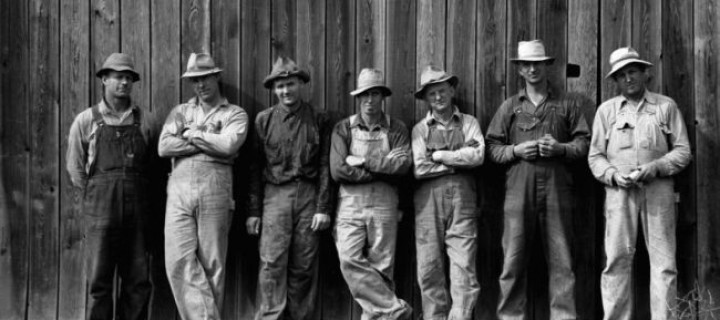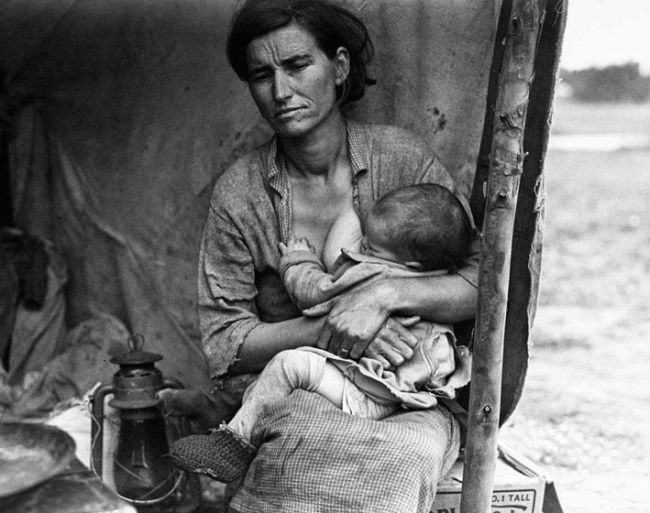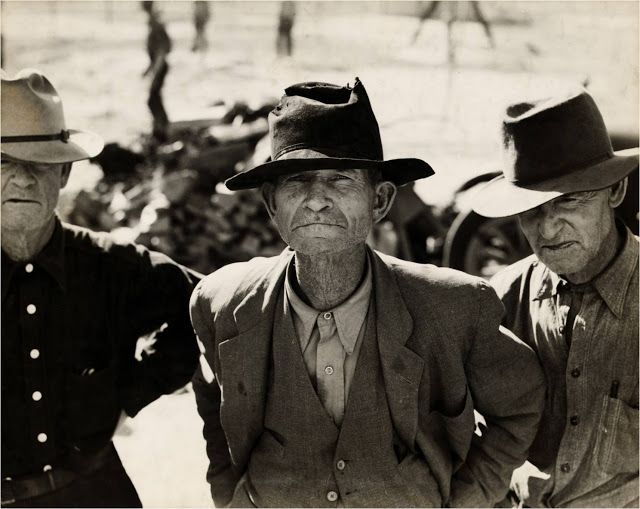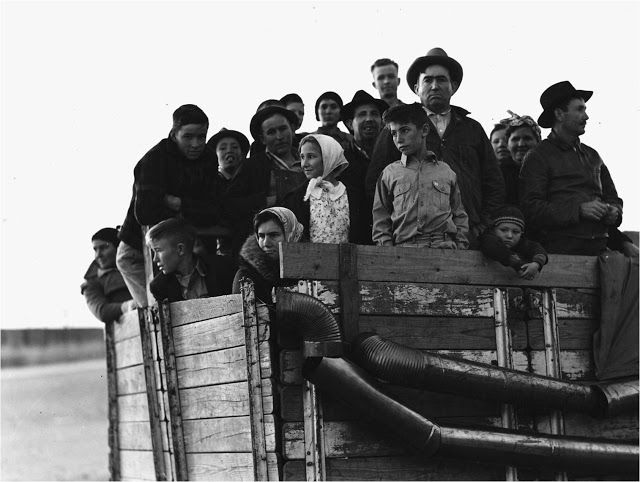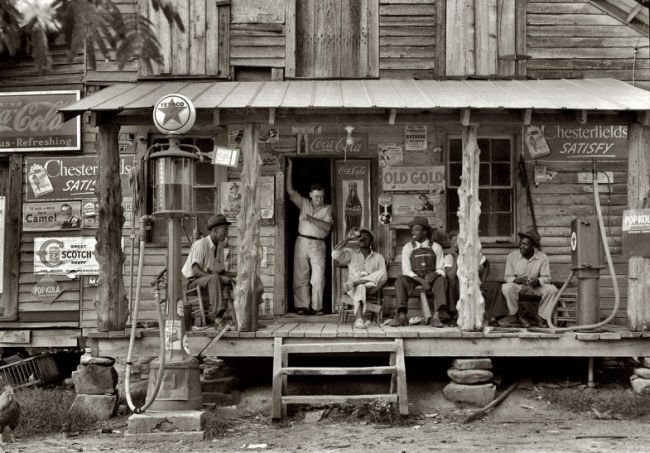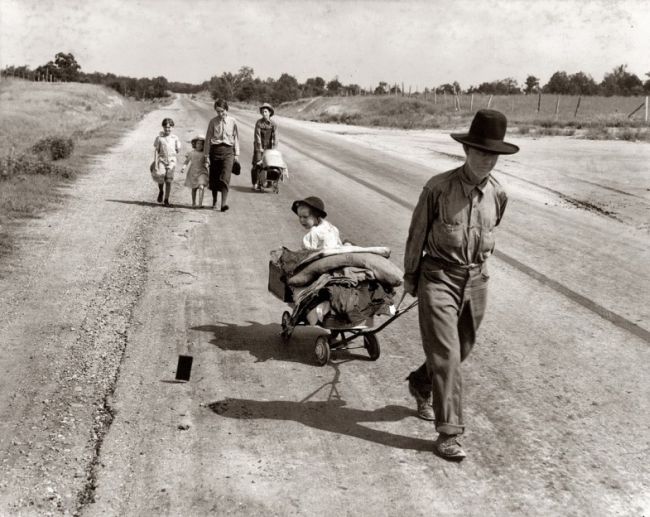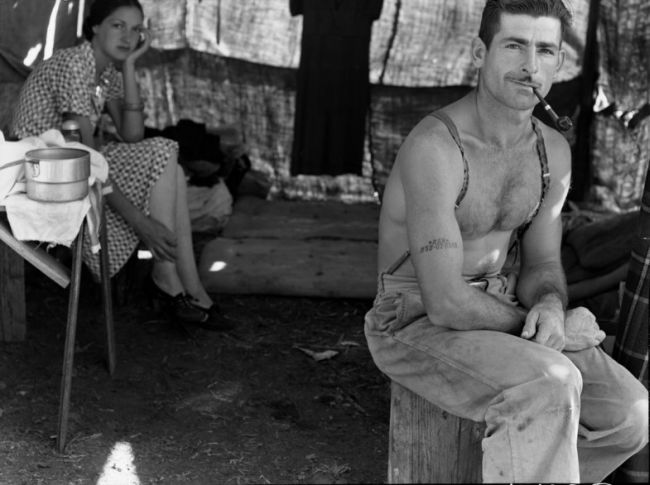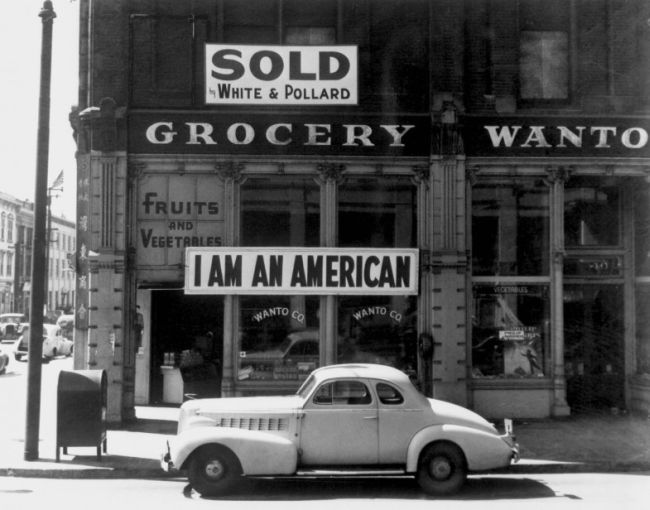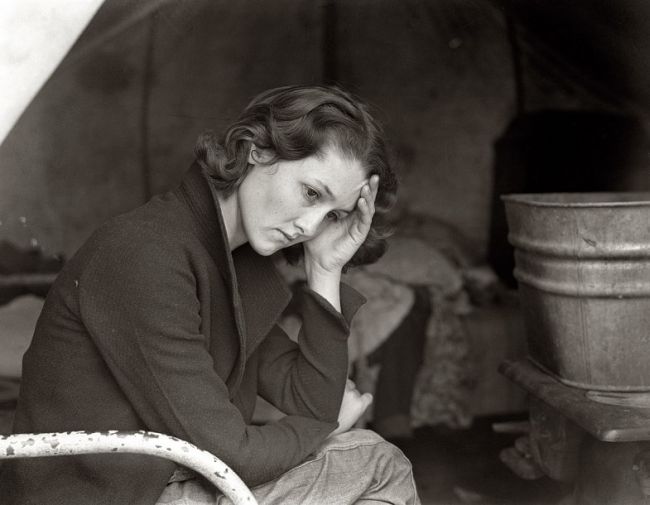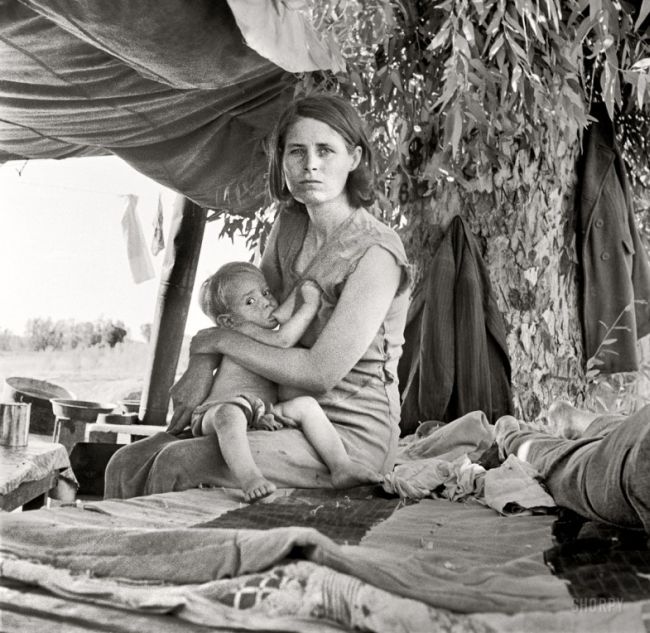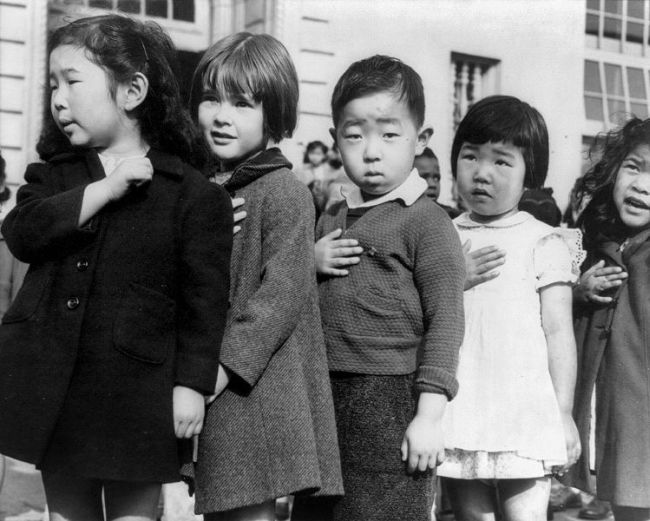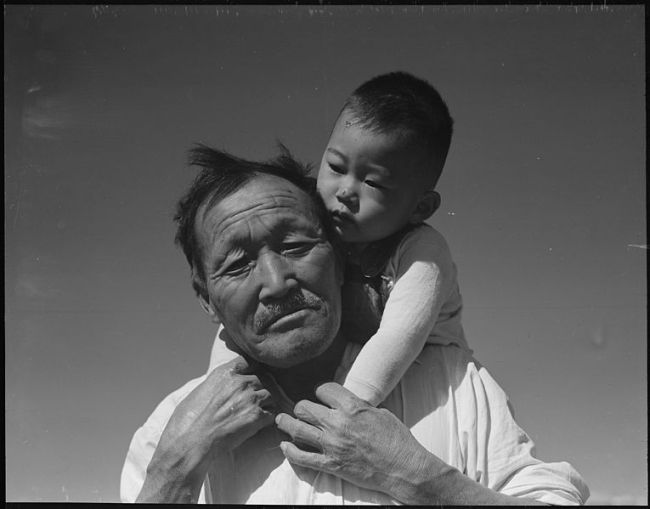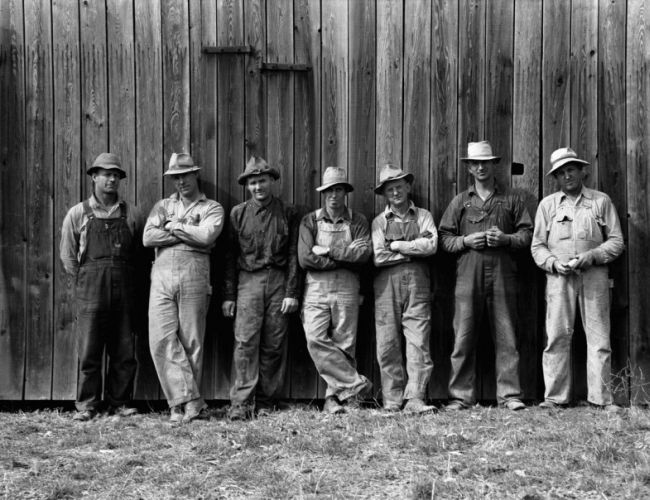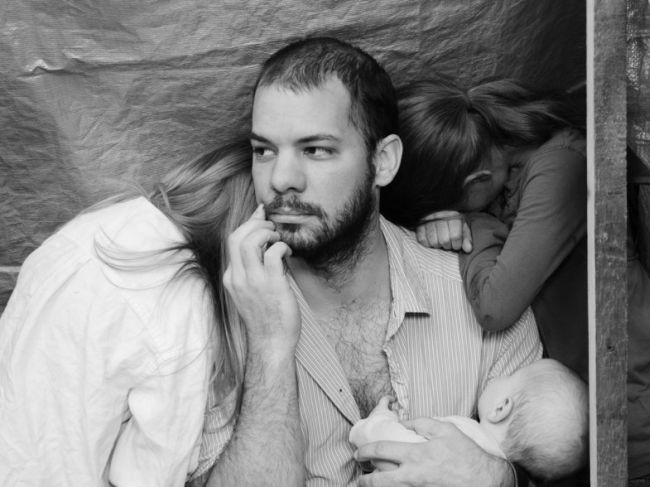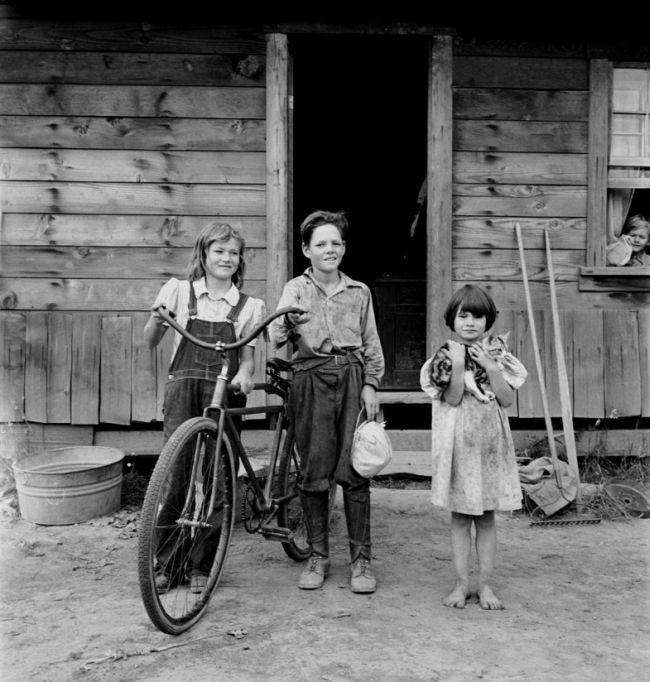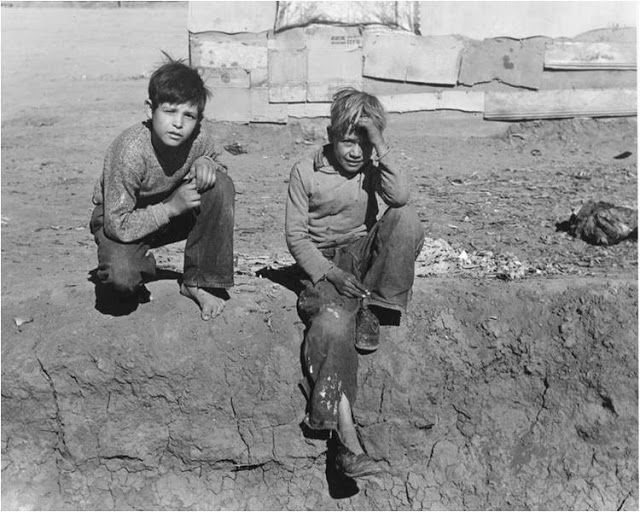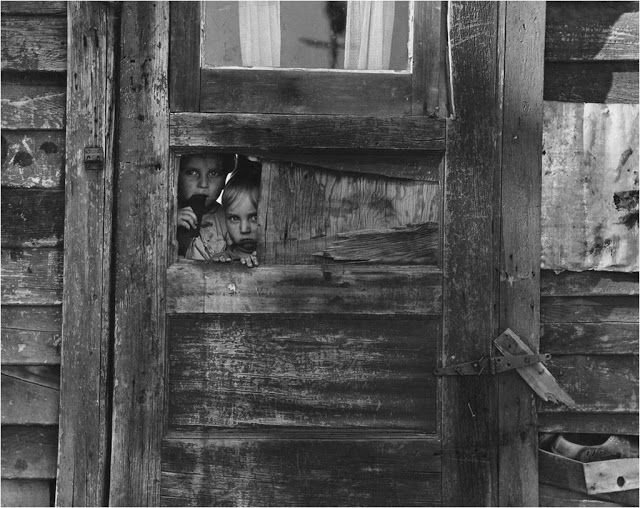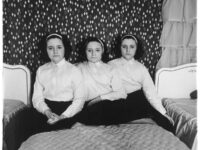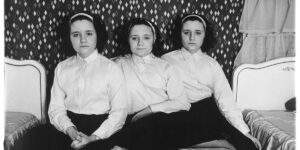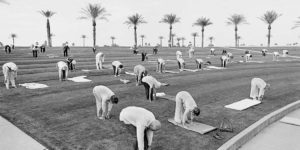Dorothea Lange (May 26, 1895 – October 11, 1965) was an American documentary photographer and photojournalist, best known for her Depression-era work for the Farm Security Administration (FSA). Lange’s photographs humanized the consequences of the Great Depression and influenced the development of documentary photography.
She studied photography at Columbia University and worked at a New York portrait studio until 1918 when she began to travel. Stranded in San Francisco, she continued doing studio work during the 1920’s. With her husband, the painter Maynard Dixon, she traveled the southwest, photographing Native Americans. She believed that the camera could teach people “how to see without a camera.” The social upheaval brought on by the Great Depression led Lange to take her camera into the streets where she documented the suffering of the dispossessed in breadlines and on labor strikes, in the wrenching drama of endless waiting for things to get better.
In 1935 with her second husband, Paul Schuster Taylor, a labor economist, Lange was employed by the California and Federal Resettlement Administration (Later the Farm Security Administration) to record the Dust Bowl exodus when drought and hard times forced thousands of farm families to move west in search of work. Her most familiar image, “Migrant Mother, Nipoma, California, 1936,” now in the Library of Congress collection, was taken during this assignment. Of her work during this era Lange said: “The good photograph is not the object, the consequences of the photograph are the objects. So that no one would say, ’how did you do it, where did you find it,´ but they would say that such things could be.”

